
Today we revisited an intriguing investigation of a simple recurrence relation.

Today we revisited an intriguing investigation of a simple recurrence relation.
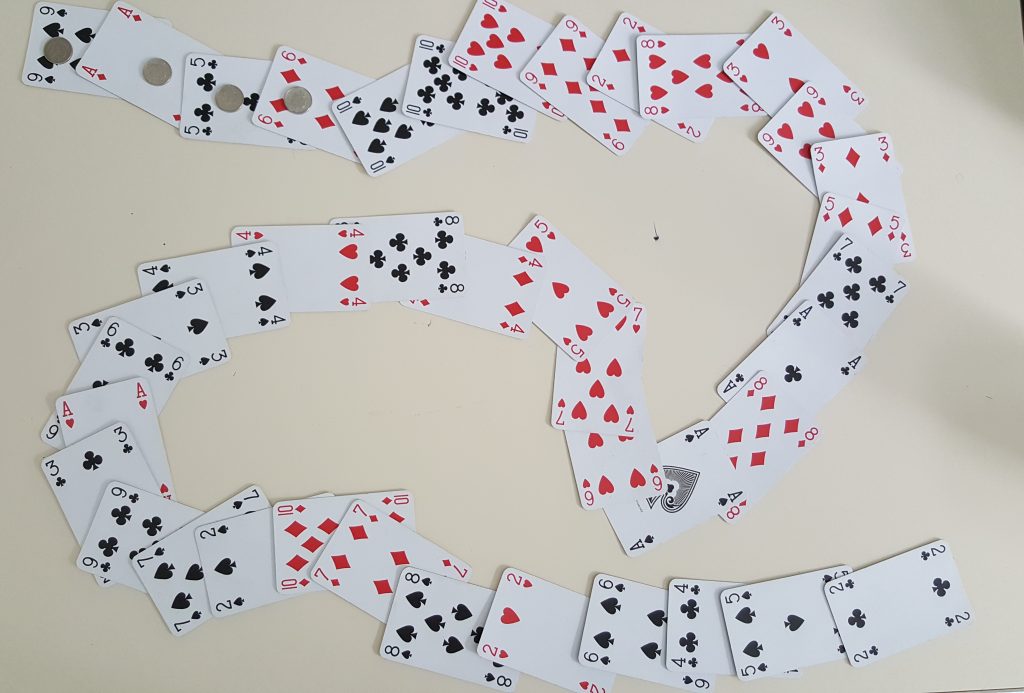
We really enjoyed working on this puzzle from Nrich today.
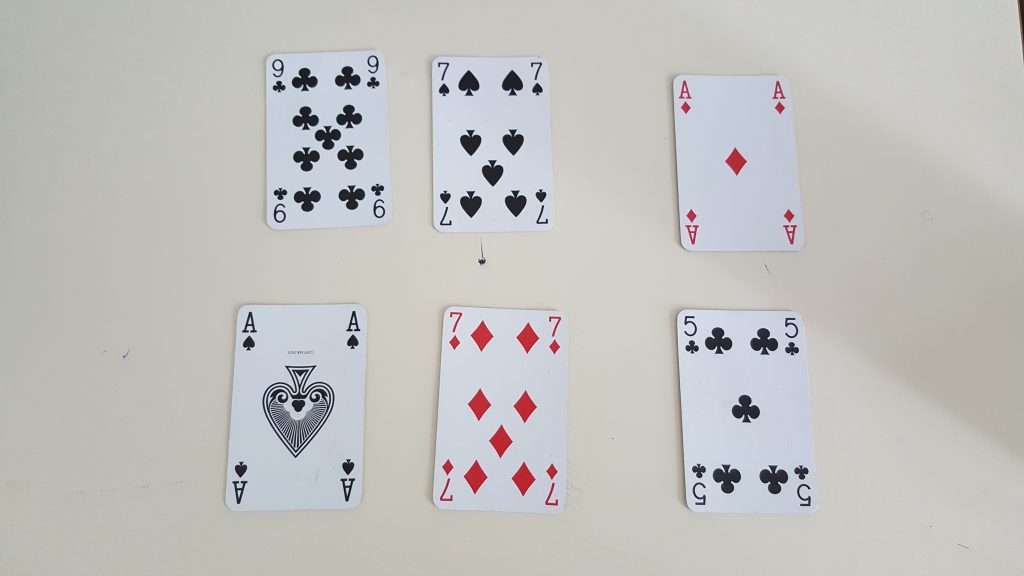
Today we did one of the 52 activities in mathemagician Andrew Jeffrey’s great book. Andrew very kindly donated the proceeds of this book to SAMI.
This activity involved shuffling the Aces through to 9s in a pack of cards and setting them out in the following format to gain the biggest total. The first two cards represent a two digit number. We played many games of 1 min each to see who could find the biggest total (without a calculator!) and then enjoyed discussing strategy until we found (we think!) a perfect strategy.
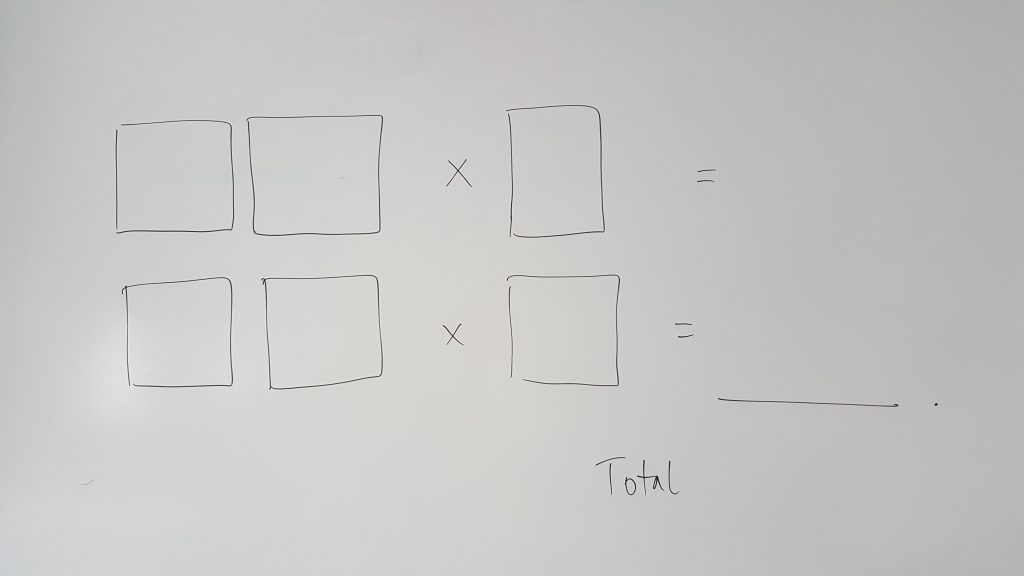
The total for the layout of the cards at the top would be 97×1+17*5=182. Can you do better with those six cards?
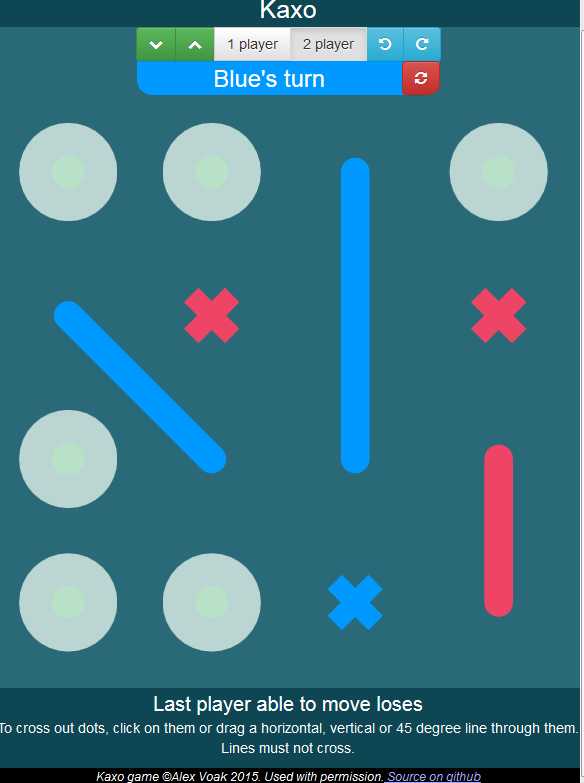
We played a really fun version of Nim today. The online version seems to work best with two players. We found the computer only chooses to mark one dot each time … which is not a winning strategy!
Today we revisted one of our favourite puzzles.

Today we proved that all six noded creatures are graceful! To see what this means you can try out the activities here or watch this numberphile video.
Here are a few of our favourite balance scale puzzles.
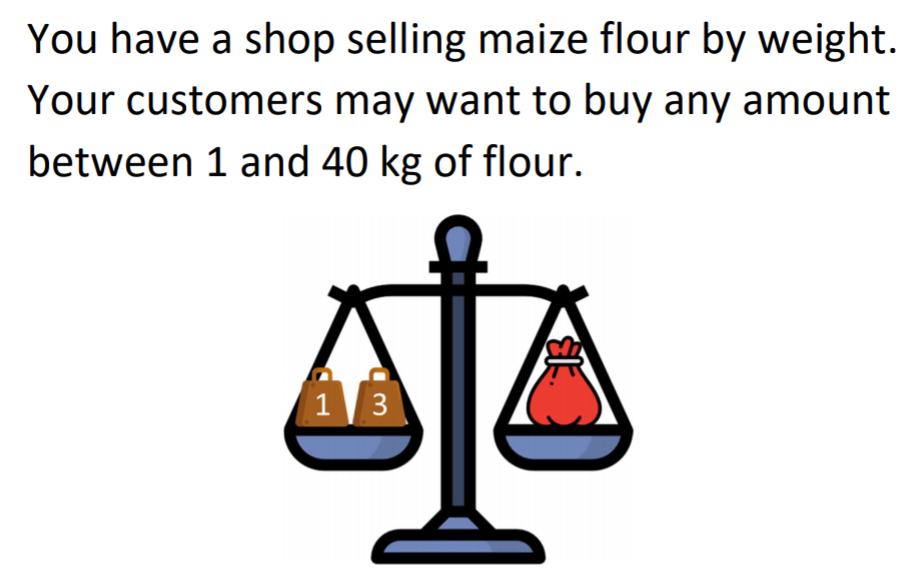
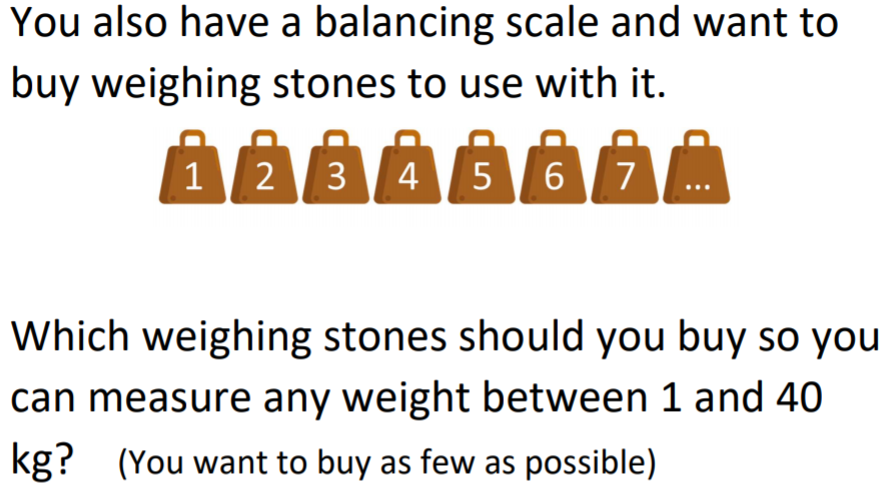


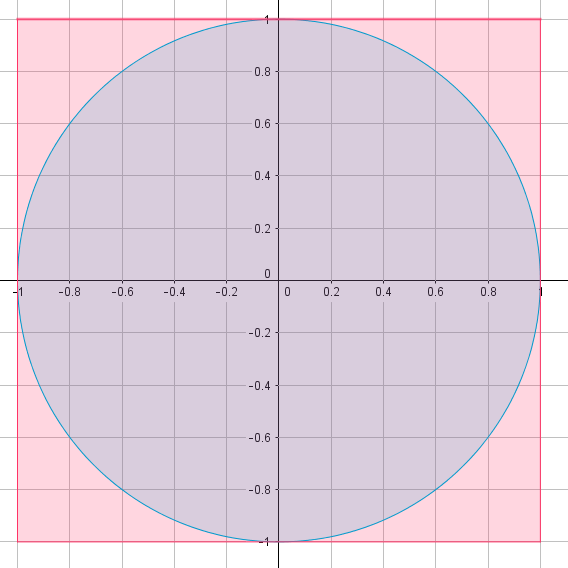
This week we ran a treasure hunt round the school and a pi recital competition and in maths club we used Geogebra to estimate pi .
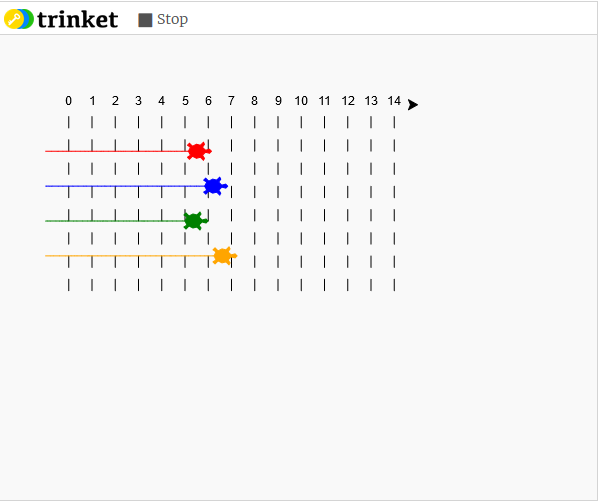
We did some computer programming with Python today in maths club – using the brilliant Code Club website.

Imagine four towns in a square system with side length 1 mile.
You would like to connect all four towns by motorways, using the least amount of road (not necessarily the most efficient for any one particular town).

Here is one option – it would take 4 miles of road. Can you do better?
Once you have had plenty of time to think and try and find and evaluate the best route, watch this video for the solution.